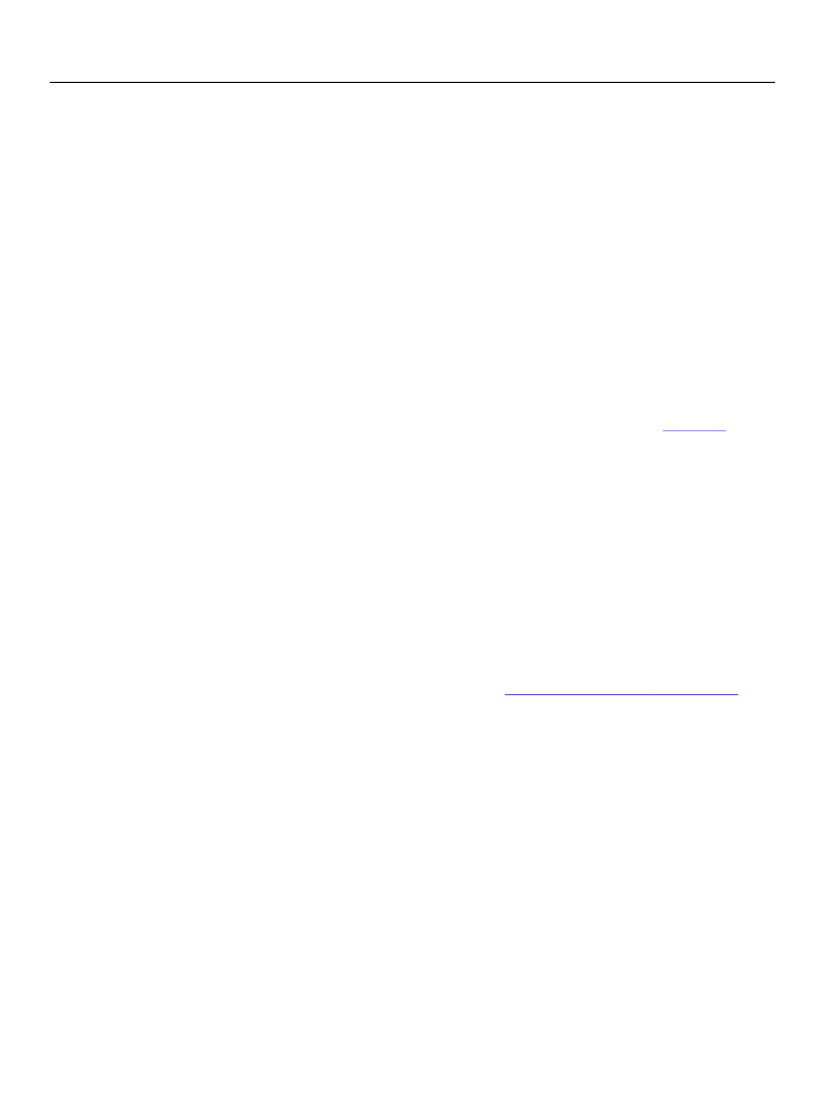
XFA Specification
Chapter 22, Canonical Format Reference
Date-Time
799
Examples:
202045.321Z
192045.321-0100
192045.321-01
192045.321
19:20:45
1920
19
Notes
●
The only punctuation character that is acceptable between the hours, minutes, and seconds
components is the colon character (Unicode character u003a).
Date-Time
A date and time specified according to the previous sections can be combined into a single date-time
value by concatenating the values together, separated by a 'T' (Unicode character U+0054). The
requirement for the 'T' character is a particularly annoying and controversial part of the
[ISO-8601]
specification; but that's the way it is. If the 'T' is deemed confusing to human users, then the software
should take care of transforming the 'T' in and out of existence during read/writes of data.
Valid examples include the following:
1997-07-16T20:20:45.4321Z
Number
A number literal is a sequence of mostly digits consisting of an integral part, a decimal point, a fractional
part, an e (or E) and an optionally signed exponent part.
(['+'|'-'])['0'-'9']
*
('.')(['e'|'E']('+'|'-')['0'-'9']*)
(['+'|'-'])(['0'-'9']
*
)'.'['0'-'9']
*
(['e'|'E']('+'|'-')['0'-'9']*)
where the symbols in the above expressions are described in
“Notational Conventions” on page 805.
Examples of canonical numbers appear below:
1
+1
1234
-1234
1 E100
1234 e-4
-1.e-3
1234.E+10
2.1
+.1234
-.12e2
It is important to distinguish canonical format from issues related to the conversion of a canonical number
into a representation specific for a number type, such as integer, float, decimal, and boolean. Such
conversion reflects the container’s value properties and application-dependent issues such as precision.